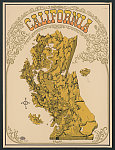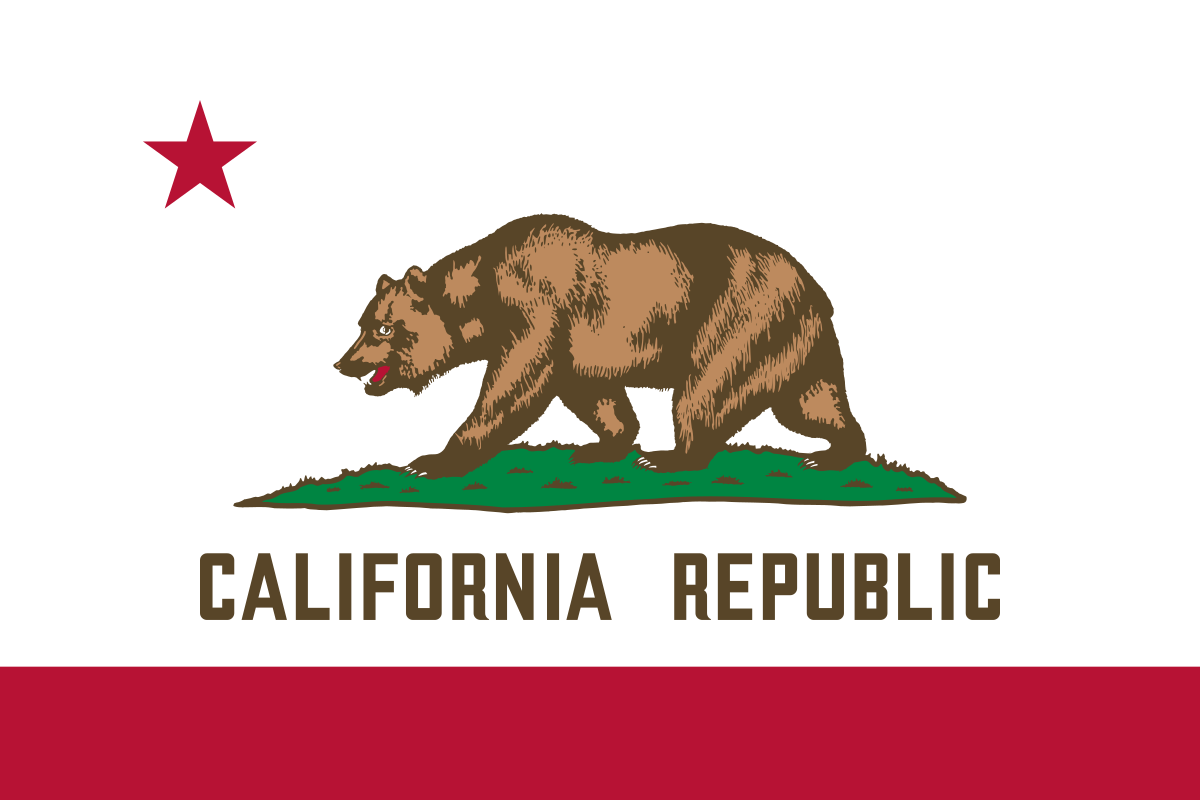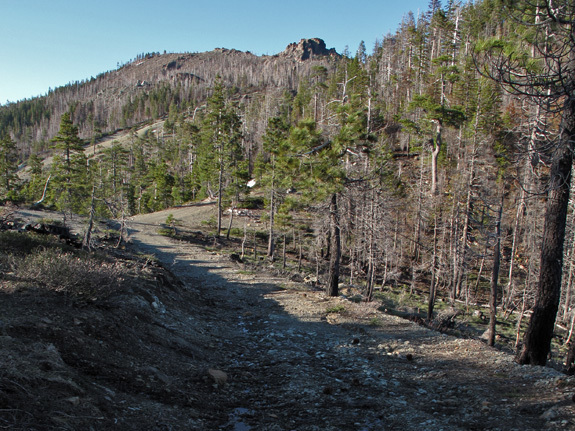
Life Now for Californian Indigenous People
This section aims to shed light on what it means to be a Californian Native and how the experience of life is for Indigenous peoples. Here, I have put together multiple interviews with people of differing Indigenous backgrounds.
Interview with families from Richmond Santa Fe Village
Background:
- The Rosie the Riveter World War II American Homefront Oral Histories: Created an OHC project that interviewed residents, mostly from Richmond, California's Santa Fe Indian Village, about their experience during World War II. The Santa Fe railroad company struck an agreement with the Laguna People from New Mexico promising to not lay tracks close to the reservation if the Laguna people moved to California and worked for the company in the Richmond rail yard. Even though the railroad company promised to house the workers and their families, they were given boxcars to live in. While they later moved them to track homes, the power was shut off in 1982, and families were forced to leave.
Watch the interviews below:
Interview with Frank K. Lake
About him:
- Raised by a Yurok and Karuk family from Northwestern California
-
Interviewed by: Emily Underwood
Background:
- The Yurok Fishing Wars: The Yurok tribe hosts an annual salmon festival, with parades, dancing, and fresh salmon from the Klamath River. The "fish wars" were the pull back from the Yurok tribe to gain back their right to fish salmon in the rivers from the police, the United States Fish and Wildlife Service (UFWS), and other government agencies.
- The G-O road: In the 1970s, the U.S. Forest Service planned to make a road that would connect the Gasquet and Orleans Ranger Districts (hence “G-O Road”) and allow for logging the Six Rivers National Forest, which is a sacred area to the Pohlik-lah, Karuk and Tolowa tribes. In April 1988, the supreme court ruled in favor of the Forest Service, but the construction of the road stopped in 1984. There were 13 miles left to be built of the 55 miles planned road.
Can you describe where you grew up, for people who might not be familiar with the area?
"There’s the Pacific Ocean, with different types of beaches and rocky intertidal coastlines, to oak woodlands and prairies, to the cedar-pine and mixed- conifer and hardwood forests, and the high true fir forests of the Klamath and Siskiyou mountains."
How old were you when you started learning those [indigenous] cultural and spiritual teachings?
"He [Frank's father] was also very much involved with activism — there were the Yurok fishing wars, the struggle over Yurok subsistence fishing and conservation. I was a product of the environmental controversy over the G-O road, with the Forest Service wanting to build a logging road that went from Gasquet on the coast through the Siskiyou Mountains to Orleans. I remember being at a protest against that at the Eureka courthouse as a child. [Through those experiences] I learned the tension between Indigenous retained rights, conservation, and environmental protection."

